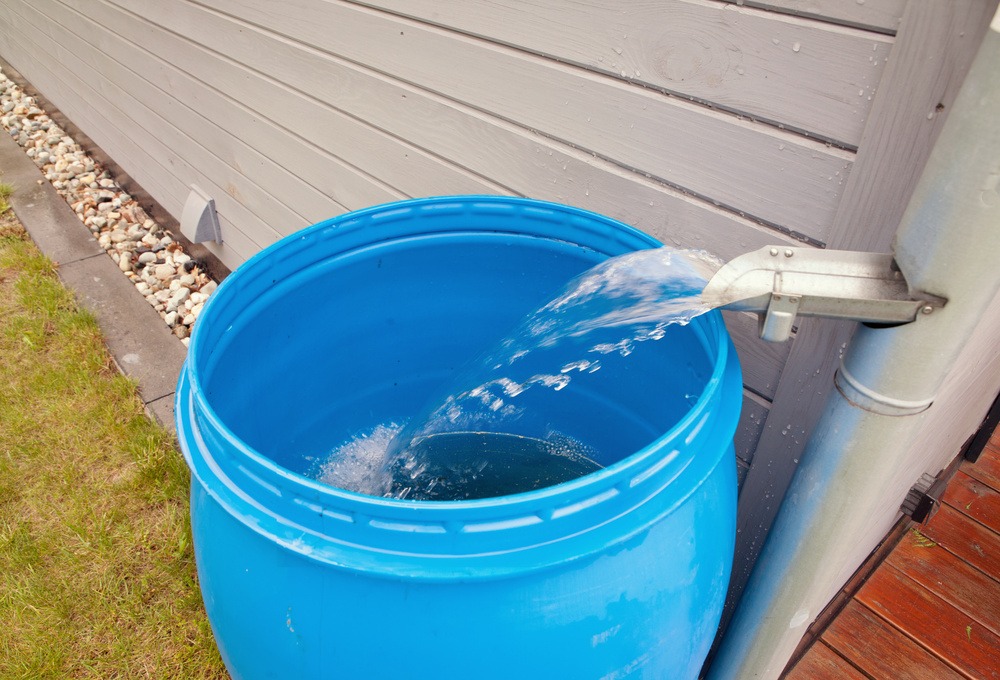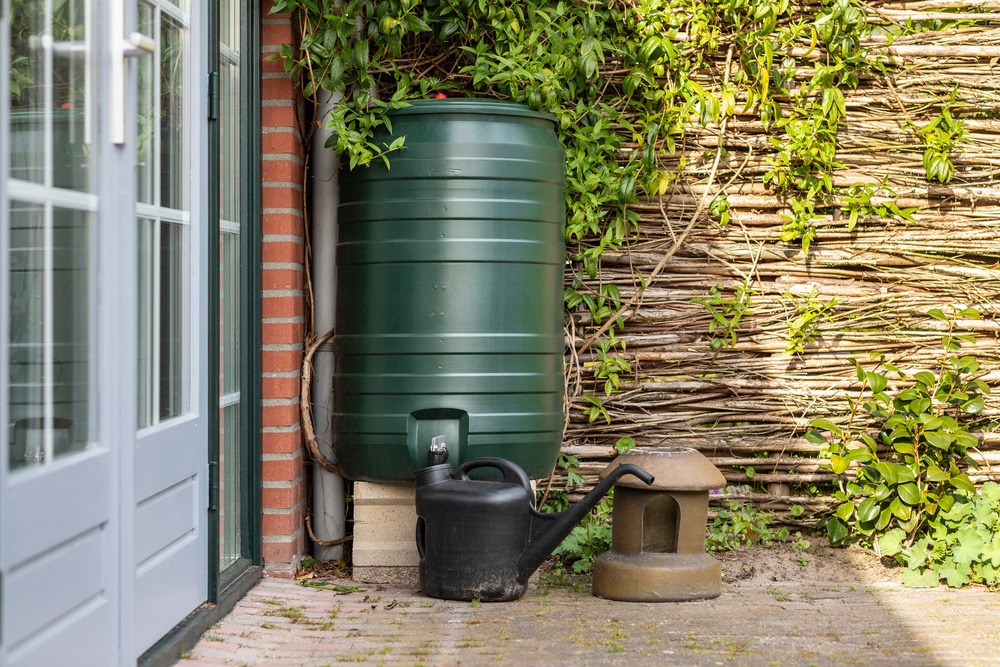Water is a necessity that many often take for granted. Modern plumbing has provided fresh, clean, drinkable water many people use for other purposes. However, natural water resources are drying up, and nobody can tell how long the world can rely on them. You can save water by relying on alternative means such as rainwater harvesting.
In this article, let’s look at rainwater harvesting, how it works, and how you can collect rainwater.
What Is Rainwater Harvesting And How Does It Work?
Also known as roof water harvesting, it collects rainwater from the rooftops and stores them for later use indoors and outdoors. Some households use water filtration systems to recycle water from their home’s roof to clean it free of debris before it goes directly into a tank for storage.
Suppose you’re looking to use rainwater for your household. Fortunately, you can find reliable providers in your area. For example, The Water Tank Factory and other suppliers can install underground or aboveground tanks you can connect to your appliances or a header tank.
Where Can You Use Rainwater?
Homes and commercial establishments can benefit from rainwater harvesting. You can use rainwater for flushing toilets, gardening, and irrigation and as a water source for sinks, baths, washing machines, and washing your vehicles. However, rainwater isn’t safe for drinking until you purify it.
There is no set way how you can collect rainwater. But rainwater harvesting typically works like this:
- Step 1: Water goes through the drainpipes of the house or a building.
- Step 2: Rainwater passes through the filter for cleaning and is ready for use.
- Step 3: The harvested rainwater goes through pipes or tubes directed to underground or aboveground water tanks.
- Step 4: If the structure has an internal holding tank, you can pump the rainwater through it or come from where the designated storage is, supplying water where it’s needed.
- Step 5: The main water pump activates when the rainwater supply runs out.
- Step 6: The same process repeats every time your home’s gutters collect rainwater.
Speak with your water tank supplier to identify the best system for your home or commercial establishment.
Is Rainwater Harvesting Allowed?
First, check with your state before collecting or harvesting rainwater. In some areas, rainwater collection is illegal due to the restriction on water rights. Research online or ask your local government office to know if you can collect rainwater legally. Although most states allow and encourage it, Nevada doesn’t allow citizens to use rain barrels or tanks without a water right.
In Reno, you can’t use a barrel to collect rainwater from a downspout of a cut or modified roof gutter with a diversion spout straight into the barrel or tank. It’s also illegal to modify a barrel or tank with a faucet near the bottom where you can attach a hose to supply water where you need it.
To collect rainwater in Nevada, you must first acquire the rights by applying to the state engineer.
How To Harvest Rainwater
Various households can collect rainwater, and there are different ways to do it. But you must install a water collection and filtration system to consume it. If your state allows rainwater harvesting, it also makes sense to learn what you can use and not use to comply with the law.
Here’s how you can use a large plastic garbage can to harvest rainwater:
- Carefully drill a hole on the side five inches from the bottom. Once you see the hole, attach a spigot to it. Use a smaller or same-sized drill bit as the spigot.
- Attach the spigot to the hole and use a waterproof sealant. The spigot can come with other components, such as a metal and rubber washer, that also need installation over the spigot to prevent water leakage. Let dry after applying the sealant.
- Create a hole in the lid to make way for the downspout where rainwater will pass.
- You can create a second and third hole in the lid to release overflow when there’s too much rainfall.
- Cut a large piece of landscaping fabric to cover the holes on the lid to keep pests away.
- Find a downspout outdoors and place the barrel underneath it.
This method is a simple but effective way of harvesting rainwater. You can research more ways depending on your needs. You can also create irrigation to use the rainwater for your garden instead of collecting rainwater. The choice is yours and what’s legal in your location.
In Conclusion
Rainwater harvesting uses storage tanks or containers to collect rainwater from rooftops passing through downspouts. It allows households and businesses to conserve water by using the rainwater they collect for indoor and outdoor purposes. You can also collect rainwater in various ways and benefit from finding a method that works for you and your household or establishment.

